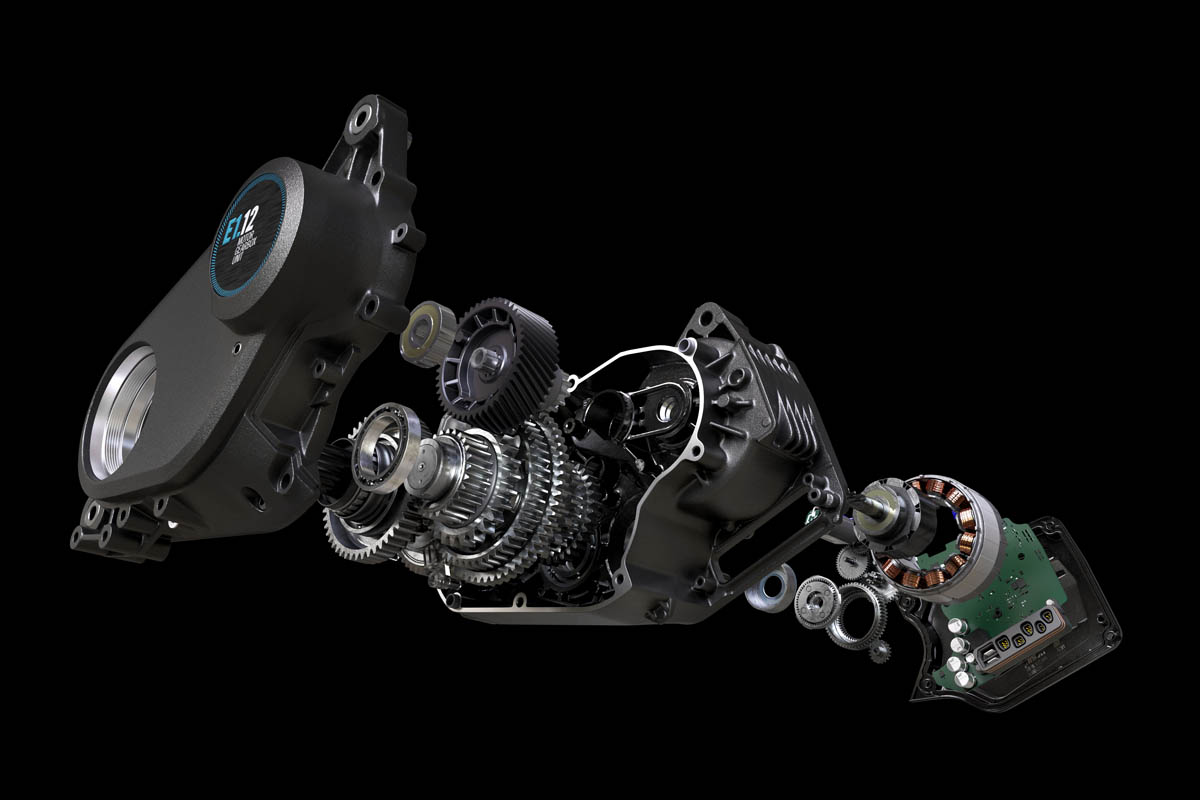Satellite Communicator and Electric Bikes
In a world increasingly reliant on technology, the fusion of satellite communicators with electric bikes (e-bikes) represents a significant leap in the evolution of personal mobility.

As e-bikes continue to gain traction among commuters and recreational riders alike, the integration of satellite communication technology offers riders enhanced safety, navigation, and connectivity. This article delves into the advantages of combining these two technologies, highlighting how they can transform the biking experience.
1. The Basics of E-Bikes
Before exploring the role of satellite communicators, it’s essential to understand e-bikes. These electric-powered bicycles are equipped with a battery and motor that assist with pedaling, allowing for a more effortless ride. E-bikes cater to a wide range of users, from daily commuters to weekend adventurers, making cycling accessible to everyone, regardless of fitness level.
2. The Need for Connectivity
In today’s fast-paced world, connectivity is crucial. Whether for navigation, safety, or communication, being connected enhances the overall biking experience. Riders often venture into unfamiliar territories, and having reliable access to information and support is invaluable. This is where satellite communicators come into play.
3. Enhancing Safety with Satellite Technology
Safety is a top concern for cyclists, especially those who travel in remote or less-trafficked areas. Satellite communicators offer a safety net by enabling riders to send emergency messages or alerts when in distress. Unlike mobile phones that rely on cellular networks, satellite communicators function globally, ensuring you can reach help even in areas without cellular coverage.
Some advanced models feature two-way messaging capabilities, allowing for communication with friends, family, or emergency services. This technology provides peace of mind, encouraging riders to explore new routes without fear of being isolated.
4. Navigation Assistance
Satellite communicators often include GPS functionality, enabling precise navigation. Riders can access real-time maps and directions directly from their devices, eliminating the need for traditional paper maps or relying solely on smartphone applications.
Many e-bikes now come with integrated GPS systems, but the addition of a satellite communicator offers even greater reliability, particularly in areas with poor cell service. Turn-by-turn navigation ensures that riders stay on track, enhancing their overall experience and allowing them to focus on the ride rather than worrying about getting lost.
5. Tracking and Monitoring
For those concerned about the security of their e-bikes, satellite communicators provide an added layer of protection. Many devices include tracking features that allow owners to monitor their bike's location in real time. If the bike is stolen, the satellite communicator can help pinpoint its location, increasing the chances of recovery.
Additionally, riders can track their journeys, monitor performance metrics, and analyze their riding habits. This data can be invaluable for improving fitness and ensuring that the bike is being used optimally.
6. Integrating Smart Features
As e-bikes become more sophisticated, the integration of smart features is becoming the norm. Many satellite communicators can sync with smartphones and other devices, enabling users to receive notifications, messages, and alerts directly on their handlebars. This hands-free functionality allows riders to stay connected without losing focus on the road.
Some satellite communicators even offer weather updates, providing essential information that can influence a rider’s route or decision to ride on a particular day. With the ability to access live weather forecasts, riders can better prepare for changing conditions.
7. The Environmental Benefits
As both satellite communicators and e-bikes contribute to reducing carbon footprints, their combination aligns perfectly with eco-friendly initiatives. E-bikes provide a cleaner alternative to traditional vehicles, while satellite communicators encourage safer and more efficient routes, reducing the time spent on the road.
By promoting cycling as a viable mode of transport, this technology duo can help alleviate urban congestion and lower emissions, contributing to a healthier planet.
8. The Future of Cycling
The future of cycling looks bright with the ongoing advancements in technology. As satellite communicators continue to evolve, their integration with e-bikes will likely expand, offering new features and functionalities. Imagine an e-bike that not only assists with pedaling but also provides real-time feedback on performance, alerts for maintenance needs, and advanced navigation capabilities.
Additionally, as cities invest in smart infrastructure, the potential for connectivity between e-bikes and urban systems could enhance the biking experience even further. This might include automated traffic signals that recognize cyclists, dedicated bike lanes equipped with sensors, and integrated city-wide navigation systems.
9. Conclusion
The merge of satellite communicators and electric bikes is ushering in a new era of cycling. As riders prioritize safety, navigation, and connectivity, the advantages of this technology combination are becoming increasingly evident. By integrating satellite communication into e-bikes, we not only enhance the biking experience but also promote a more sustainable and connected future.
For both seasoned cyclists and newcomers, this technological evolution represents an exciting opportunity to explore the world on two wheels, armed with the tools necessary for safety, efficiency, and enjoyment. As we continue to embrace innovation, the potential for electric bikes to transform urban mobility remains boundless.
SatelliteCommunicator.com
What's Your Reaction?































































